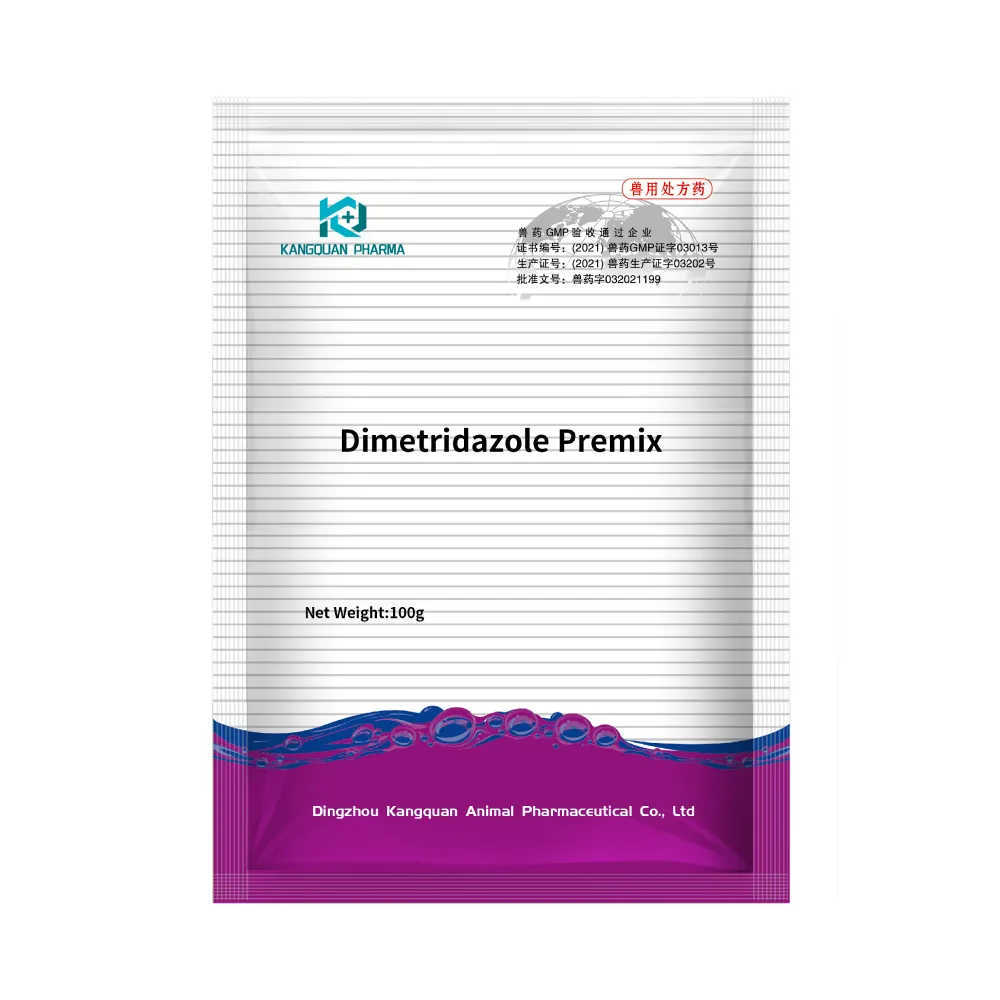- Afrikaans
- Albanian
- Amharic
- Arabic
- Armenian
- Azerbaijani
- Basque
- Belarusian
- Bengali
- Bosnian
- Bulgarian
- Catalan
- Cebuano
- Corsican
- Croatian
- Czech
- Danish
- Dutch
- English
- Esperanto
- Estonian
- Finnish
- French
- Frisian
- Galician
- Georgian
- German
- Greek
- Gujarati
- Haitian Creole
- hausa
- hawaiian
- Hebrew
- Hindi
- Miao
- Hungarian
- Icelandic
- igbo
- Indonesian
- irish
- Italian
- Japanese
- Javanese
- Kannada
- kazakh
- Khmer
- Rwandese
- Korean
- Kurdish
- Kyrgyz
- Lao
- Latin
- Latvian
- Lithuanian
- Luxembourgish
- Macedonian
- Malgashi
- Malay
- Malayalam
- Maltese
- Maori
- Marathi
- Mongolian
- Myanmar
- Nepali
- Norwegian
- Norwegian
- Occitan
- Pashto
- Persian
- Polish
- Portuguese
- Punjabi
- Romanian
- Russian
- Samoan
- Scottish Gaelic
- Serbian
- Sesotho
- Shona
- Sindhi
- Sinhala
- Slovak
- Slovenian
- Somali
- Spanish
- Sundanese
- Swahili
- Swedish
- Tagalog
- Tajik
- Tamil
- Tatar
- Telugu
- Thai
- Turkish
- Turkmen
- Ukrainian
- Urdu
- Uighur
- Uzbek
- Vietnamese
- Welsh
- Bantu
- Yiddish
- Yoruba
- Zulu
nóv . 10, 2024 04:11 Back to list
Potential Uses and Applications of Terramycin in Medicine and Veterinary Care
What Can Terramycin Be Used For?
Terramycin, known generically as oxytetracycline, is an antibiotic that belongs to the tetracycline class of antibiotics. Since its discovery in the 1940s, Terramycin has been a vital medication in treating various infections caused by bacteria. Its broad spectrum of activity makes it useful in both human medicine and veterinary applications. This article explores the uses, mechanisms, and considerations surrounding the use of Terramycin.
Medical Uses
In human medicine, Terramycin is primarily used for treating infections caused by susceptible bacteria. These include respiratory tract infections, urinary tract infections, skin infections, and some sexually transmitted infections like gonorrhea. Its effectiveness against specific strains of bacteria—including Gram-positive and Gram-negative bacteria—has made it a go-to antibiotic in various clinical settings.
Terramycin works by inhibiting bacterial protein synthesis, a crucial process for bacterial growth and replication. By binding to the 30S ribosomal subunit of bacteria, it prevents tRNA from attaching to the ribosome, ultimately inhibiting the translation of mRNA into proteins essential for bacterial function. This bacteriostatic action allows the immune system to eliminate the infection more efficiently.
Veterinary Uses
Terramycin is widely used in veterinary medicine for treating infections in animals. It is effective in treating respiratory diseases, enteritis, and certain skin infections in livestock like cattle, pigs, and poultry. Notably, it is often employed in aquaculture to control bacterial infections in fish. The application in veterinary medicine plays a critical role in maintaining animal health and preventing the spread of disease within flocks or herds.
Conditions Treated
1. Respiratory Infections Terramycin is often prescribed for pneumonia and other respiratory infections caused by susceptible bacteria. It can effectively target organisms responsible for these illnesses, including species of Streptococcus and Staphylococcus.
2. Skin Infections The antibiotic is also useful in treating various skin infections, including acne, which is often caused by Propionibacterium acnes. Its anti-inflammatory properties can help reduce redness and swelling related to skin breakouts.
what can terramycin be used for

3. Eye Infections Oxytetracycline can be used topically to treat eye infections and prevent bacterial infections after eye surgery. Its presence in ointments allows for localized treatment with minimal systemic absorption.
4. Gastrointestinal Infections In cases of traveler’s diarrhea or other gastrointestinal infections, Terramycin can be administered to combat bacterial pathogens contributing to these conditions.
Dosage and Administration
Terramycin is typically available in various forms, including tablets, capsules, and injectable solutions. The specific dosage and administration route depend on the condition being treated, the age and weight of the patient, and the severity of the infection. It is crucial for patients to follow healthcare professionals' advice regarding dosage to avoid under-treatment or antibiotic resistance.
Considerations and Side Effects
While Terramycin is generally well-tolerated, it is not without side effects. Common side effects may include gastrointestinal disturbances, such as nausea, vomiting, diarrhea, and abdominal discomfort. More serious but rare side effects can include allergic reactions, liver toxicity, and effects on bone growth in young animals and children.
Moreover, the use of tetracyclines, including Terramycin, has been associated with the development of antibiotic resistance. Therefore, it is essential to use this antibiotic judiciously, only for confirmed bacterial infections and in accordance with established guidelines.
Conclusion
Terramycin remains a valuable antibiotic in both human and veterinary medicine. Its broad spectrum of activity allows it to address various bacterial infections effectively. However, like all antibiotics, it must be used wisely to minimize the risk of resistance. With ongoing research and responsible use, Terramycin will continue to play a significant role in managing bacterial infections, ensuring better health outcomes for both humans and animals alike. As with any medication, individuals should consult healthcare professionals for appropriate diagnosis and treatment options tailored to their specific needs.
-
Guide to Oxytetracycline Injection
NewsMar.27,2025
-
Guide to Colistin Sulphate
NewsMar.27,2025
-
Gentamicin Sulfate: Uses, Price, And Key Information
NewsMar.27,2025
-
Enrofloxacin Injection: Uses, Price, And Supplier Information
NewsMar.27,2025
-
Dexamethasone Sodium Phosphate Injection: Uses, Price, And Key Information
NewsMar.27,2025
-
Albendazole Tablet: Uses, Dosage, Cost, And Key Information
NewsMar.27,2025













